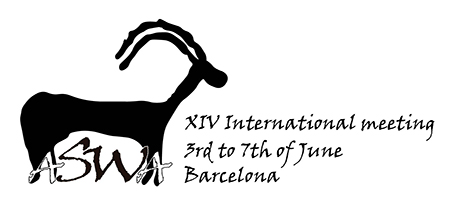Tracking Cultural and Environmental Change: The Epipalaeolithic and Neolithic in the Seimarreh Valley, Central Zagros Project has revisited the site of Ganj Dareh since 2017. The site is well known with evidence for goat domestication paramount in any discussion of the settlement. Hence, whilst full analysis of the faunal assemblage from the 2018 season is ongoing, we will present some results from our work showing that there are other aspects to human-animal interactions that are of significant interest. The material analysed so far derives from Smith's Level D and later levels. Level D was destroyed by fire and the faunal assemblage from this phase of occupation has been heavily burnt. Displayed animal parts appear to have been common in this architectural phase and included the wings of birds (mainly chukar partridge but also some ducks), antlers and the bucrania of wild sheep. Goat dominate the bones from subsequent layers and hoof prints of these animals impressed into drying mudbricks are a clear indication that domestic livestock formed part of this assemblage. However, the wide size range of the goat bones suggest that wild animals were probably also hunted and perhaps more than one species of wild goat could have been present. Other wild animals include red deer, fallow deer, wild cattle, hare, boar and fox. The bones that were not destroyed by the fire are exceptionally well preserved. The surface of a significant number of bones bear traces of the way that bones, not necessarily modified into formal tools, were used. We have found fine scratches on ribs that perhaps formed some kind of smoothing implements and a number of bones display polish from handling.
|
|
|
By author > Yeomans Lisa
New work at Ganj Dareh: Initial results from the ongoing analysis of the faunal remains
1 : University of Copenhagen
| Online user: 1 | RSS Feed |

|

 PDF version
PDF version